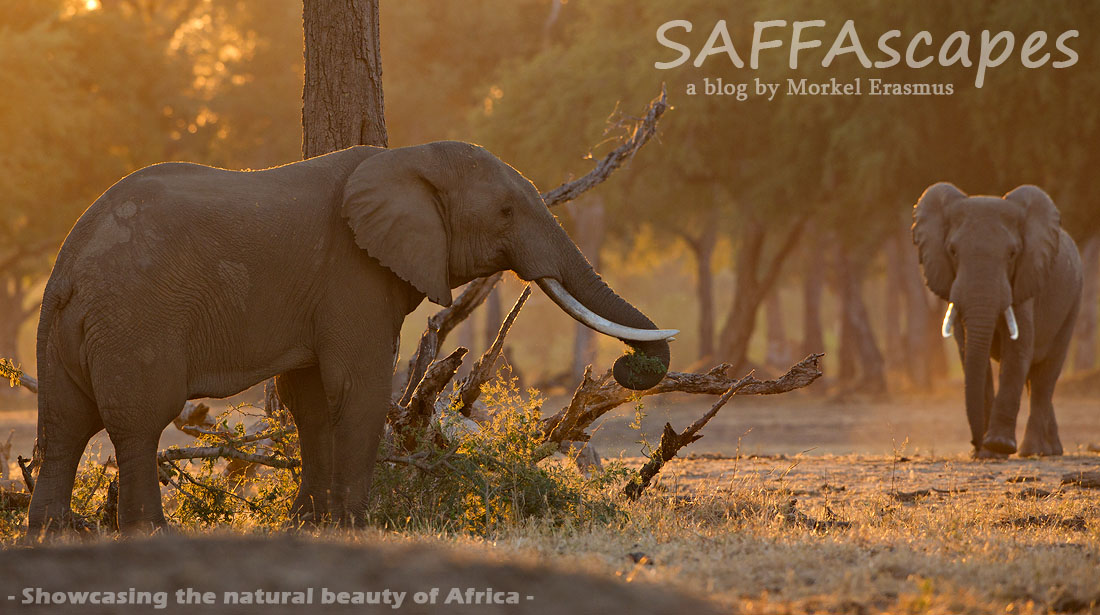Good morning friends!
I just wanted to write a short post wishing you all a blessed Christmas time, wherever you find yourself in this festive season. May God abundantly bless you and bring you safely to your loved ones so you can spend valuable time together.
My family and I will be camping in the Maluti mountains (Golden Gate Highlands National Park) this weekend with my extended family, so I am looking forward to some downtime and family fun. I might just get round to capturing some landscape images like the one below which was taken at this exact location back in 2011...
See you all on the flipside - take care!
Morkel Erasmus




















































